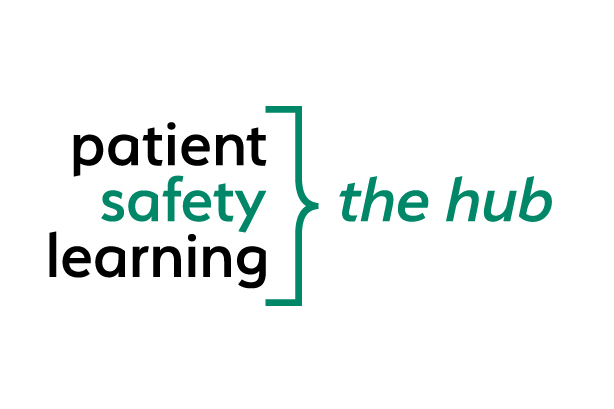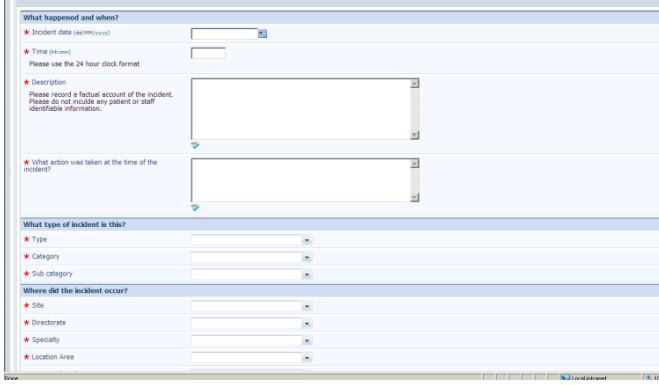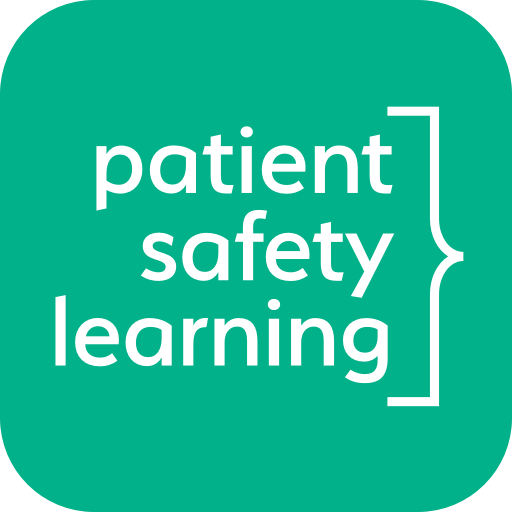I’m going to Datix you! A conversation with Founder and former CEO of Datix Jonathan Hazan

What is Datix?
Datix is an incident reporting platform, which was launched in the in the UK and and is now used globally. The concept came from the law firm Capsticks that specialises in medical law and negligence, and their view that mistakes seemed to be frequently repeated, and there were opportunities to learn from clinical incidents and errors.
The role of incident reporting in patient safety systems in a general sense is well-known and documented in the literature, see [1] for a helpful review on medical errors and some of the other safety systems used in clinical practice.


Why is incident reporting important?
Generally incidents with unexpected or unwanted effects, or any incident which has a consequence or learning point should be reported. The purpose is to document incidents and ‘near-misses’ or unexpected adverse outcomes, for the purposes of reflection, learning from such incidents and to prevent their re-occurrence in the future.
Some examples of the kinds of issues which can be reported include:
· Clinical Issues – Medication, poor transfers of care, infection issues, medical device failure, delays in treatment, unexpected outcomes, pressure sores.
· Environment Issues – Accidents, violence and aggression, staff ill health directly related to their work.
· Professional Issues – Records, breaches of confidentiality, standards, registration.
· Services – loss of service, loss of data, performance issues, financial losses.

The culture around Datix
The evidence that Datix is part of medical culture is clear from the company name having been verbized and being synonymous with incident reporting. Jonathan Hazan discusses this in his recent blog post, and modestly accepts that this is a mark of the success of the system he developed, but he is more concerned right now with “an inadvertent culture developing of Datix use being associated with a culture of fear, retribution and blame”.
A quick search of the word ‘Datix’ on twitter yields many stories about this culture amongst doctors, nurses and other healthcare professionals. Datix culture is a well-known part of hospital and clinical life. Anecdotes range from the comical, to the appropriate, with Datix being used to document escalation of concerns, and also in some instances concern of Datix being used as a tool of coercion or threat, to try to force others to do specific tasks. There is certainly fear amongst doctors in training that being Datixed will reflect badly on them and might affect their career progression.
In discussion with Jonathan Hazan, he expresses concern that Datix use is being ‘weaponised’ in certain institutions to ‘berate healthcare staff for when things wrong’. He discusses the desire amongst staff of the ‘need for a just culture, not a blame free culture’. The main concern about Datix is not that it is used, but that a culture of misuse exists.
Hazan describes a concern regarding the difficulty in culture changes, and how this may be countered by a ‘nudge culture’: one where a gradual change in the culture creates incremental changes in behaviour. After leaving Datix, Hazan set up the not-for-profit Patient Safety Learning Hub, a charity with a keen focus on patient safety matters, as he explains below:
“One of the differences between what we are doing and what other charities have done in the space is given people things they can actually do to help patient safety. We have produced a blueprint for action last year on six different areas and six different actions that hospitals and healthcare agencies can take.
The Hub has been an absolutely central and critical part of what we are doing: it’s a repository for sharing information on patient safety and communities can grow on it.
One of the areas we have been working on is hysteroscopy. This is a diagnostic tool to identify the cause of common problems in women. The risk of significant pain is very rarely communicated to women beforehand. Instead, the advice given is usually to take over the counter painkillers and that any discomfort should be minimal. Women have been suffering hideous pain but not believed, so we have been raising awareness of this and working with patients, researchers and clinicians to ensure guidelines are implemented on this issue."
This article from Dr Richard Harrison, a pain researcher, addresses the issue of "Pain-free hysteroscopy" and the harms it can do to women.
We also asked Jonathan what the best uses of Datix have been to protect patient safety, in his experience:
“Some of my favourite examples are outside of the UK. In British Columbia, Datix is called PSLS: Patient Safety Learning System. That told everyone that this is about learning. There is a single central Datix system managed from a single office for six separate autonomous regions, geographically spread across British Columbia.
The context and the culture in which Datix is used is key. The best forms are very simple to complete, which ask what the time and date are, with 2 free-text boxes asking what happened and what could be done differently.
This has the effect of making incident reporting very easy to fill in, and making members of staff feeling involved in the process, listened to and provided with feedback.”
Patient Safety Learning’s blueprint for action on patient safety matters and articles on safety concerns surrounding hysteroscopy and long Covid make for fascinating reads on the area.

GREATix and a growing counter-culture
An interesting movement has been ‘GREATix’, a response to the culture of fear surrounding threats with Datix, which seeks to encourage healthcare professionals to apportion time not only to report the negative outcomes, but also situations in which care is excellent and should be recognised. The ‘Learning From Excellence’ movement has made a concerted effort to capture positive feedback on healthcare experiences, as they write in their blog post:
‘We tend to regard excellence as something to gratefully accept, rather than something to study and understand. Our preoccupation with avoiding error and harm in healthcare has resulted in the rise of rules and rigidity, which in turn has cultivated a culture of fear and stifled innovation. It is time to redress the balance. We believe that studying excellence in healthcare can create new opportunities for learning and improving resilience and staff morale.’
We’re going to work with PSL Hub and other patient safety organisations to develop core skills training for doctors and HCPs.
Please share your views on the PSL Hub Educational Cases on MedShr and share you experiences – both positive and negative – on Datix and incident reporting.
References
1] Rodziewicz TL, Houseman B, Hipskind JE. Medical Error Prevention. 2020 Oct 17. In: StatPearls [Internet]. Treasure Island (FL): StatPearls Publishing; 2020 Jan–. PMID: 29763131.
Loading Author...
Sign in or Register to comment